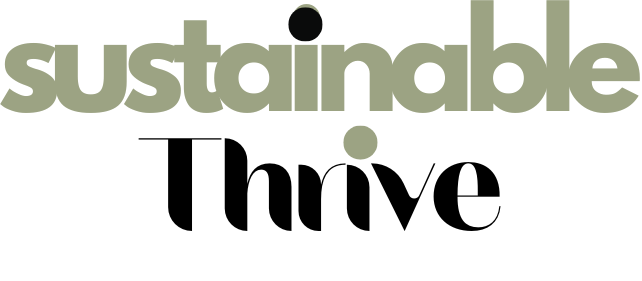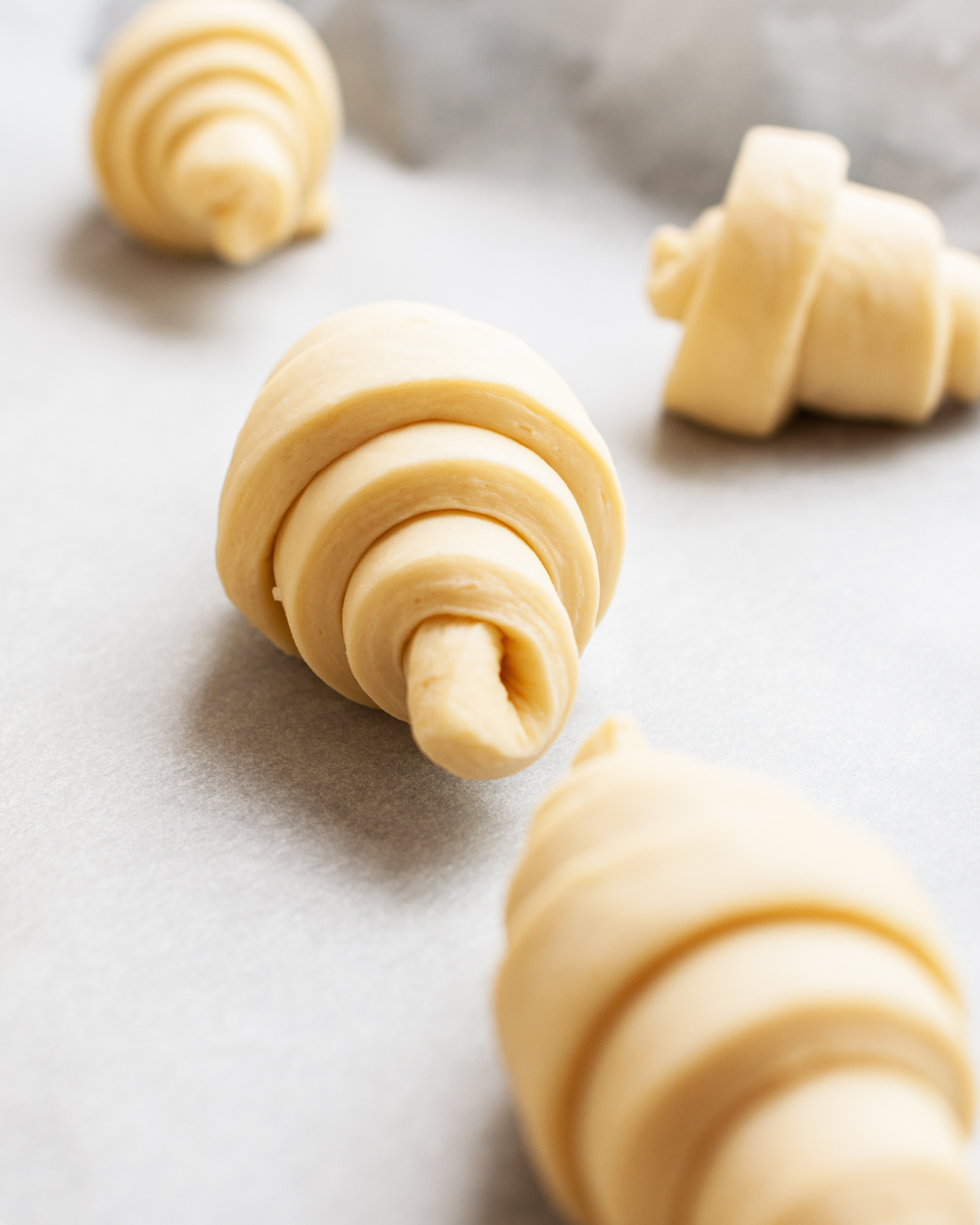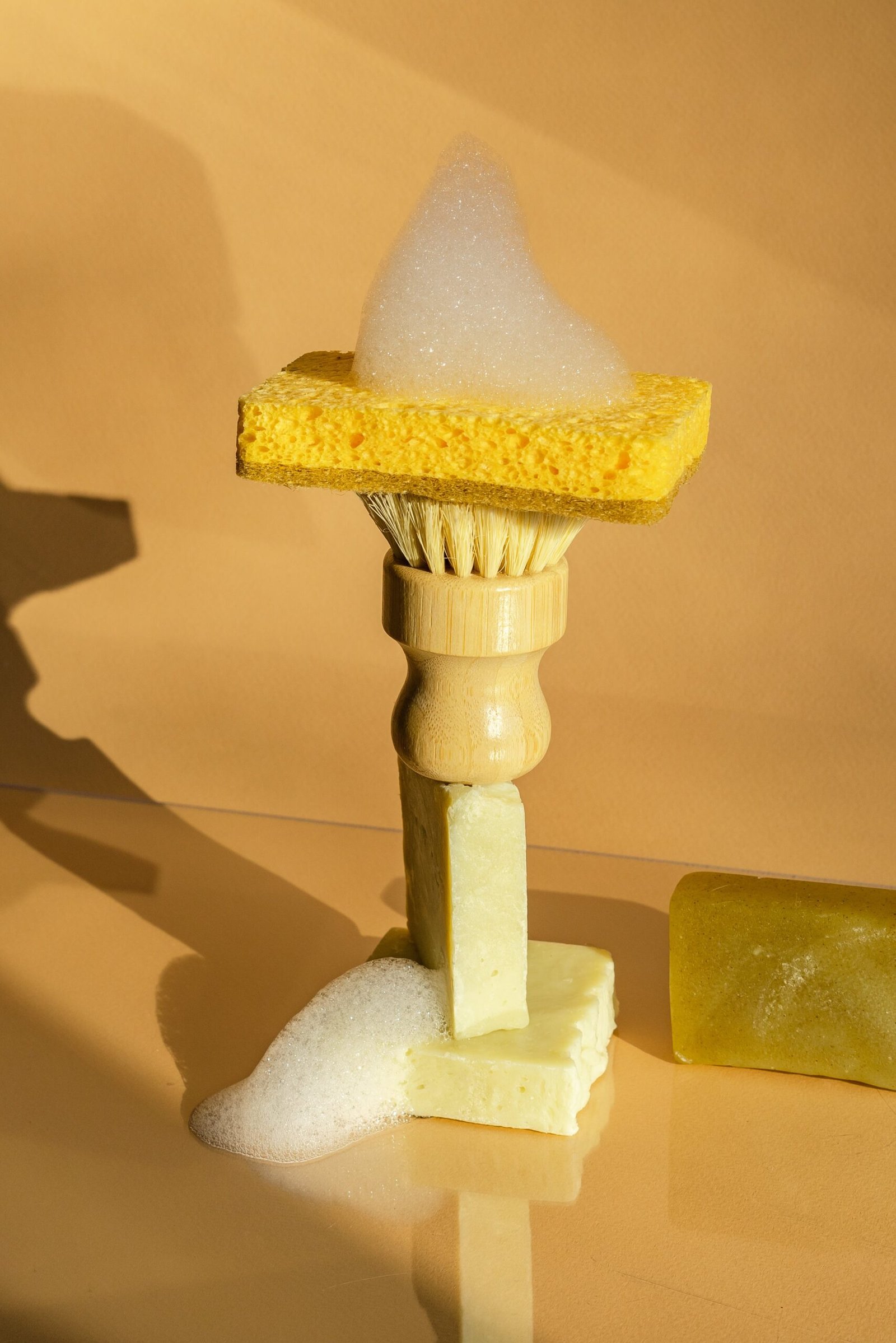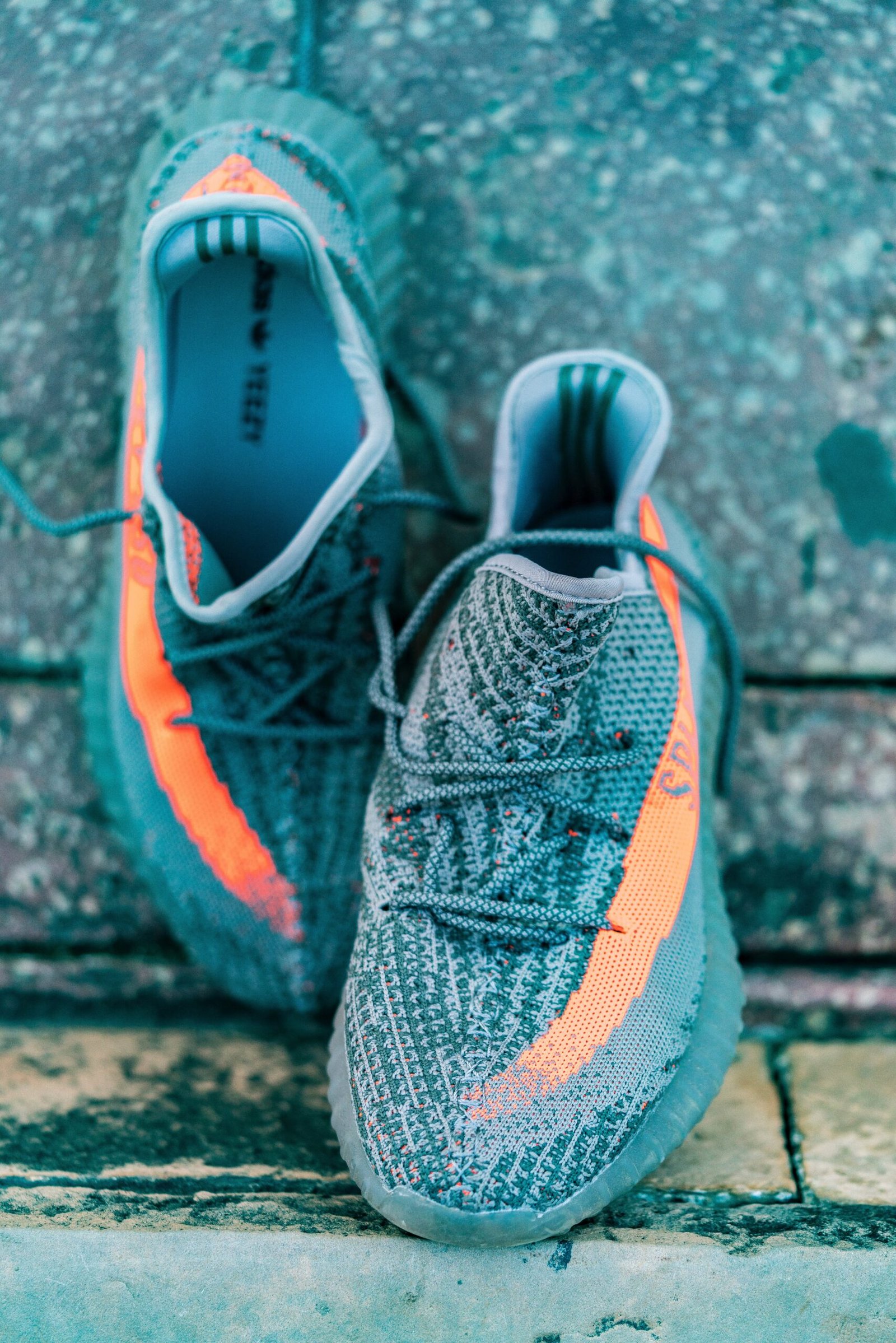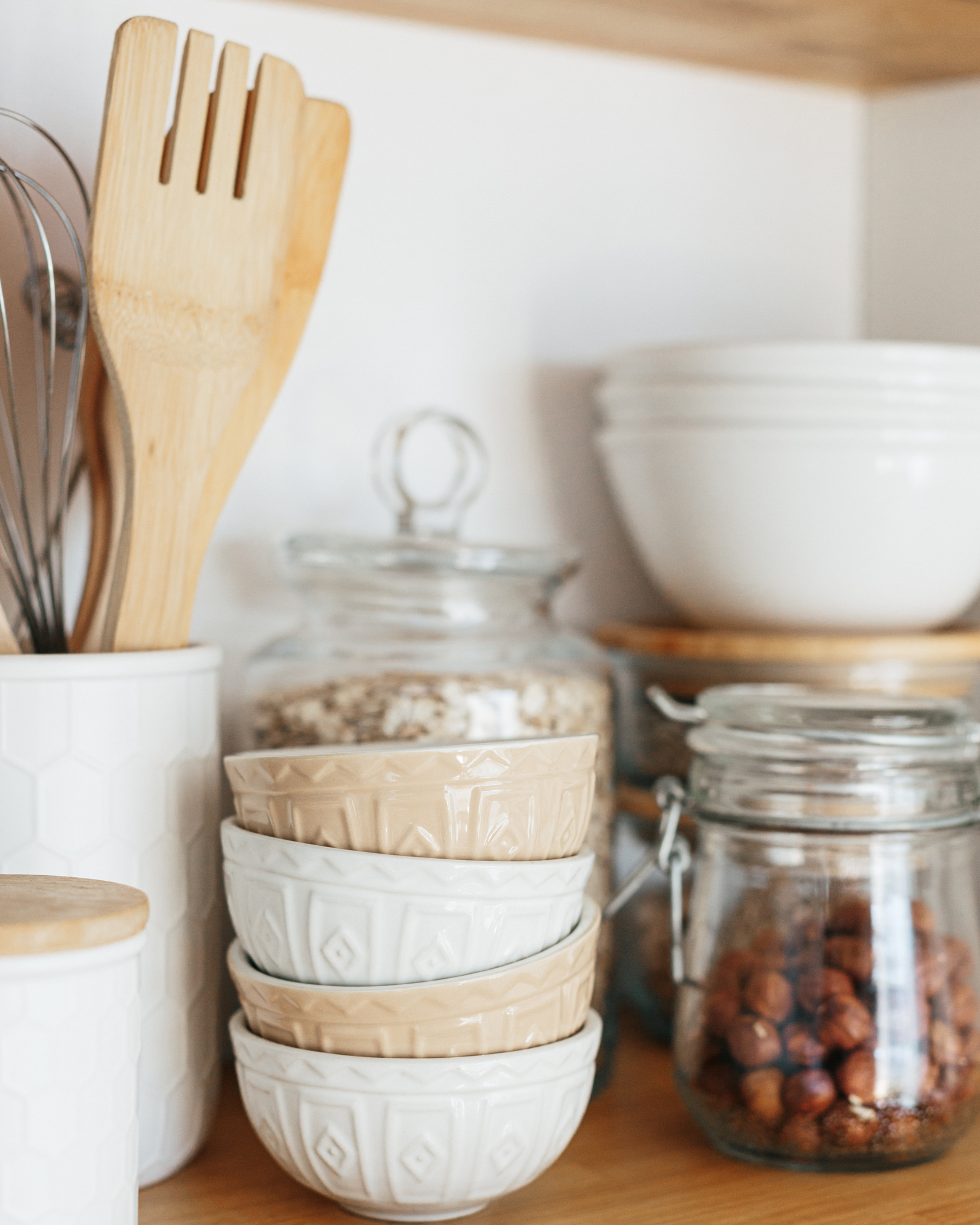Baking is a fun and rewarding activity that can bring joy and deliciousness to your family and friends. But did you know that some of the bakeware you use might be harmful to your health and the environment?
Many conventional baking sheets are coated with chemicals that can leach into your food and release toxic fumes when heated. These chemicals include PFAS (such as PFOA and GenX), PTFE (Teflon), lead, cadmium, and aluminum.
Some of these substances have been linked to various health problems, such as cancer, hormone disruption, immune system damage, and neurological disorders. Moreover, these chemicals are not biodegradable and can persist in the environment for a long time, posing a threat to wildlife and ecosystems.
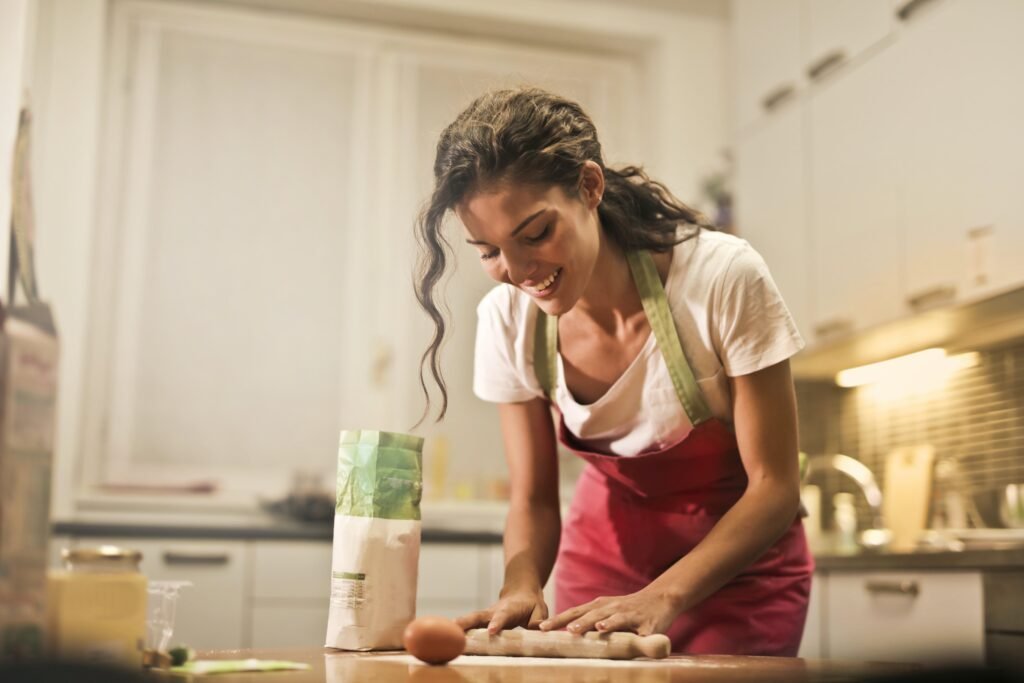
Fortunately, there are safer and greener alternatives to toxic baking sheets. In this article, we will introduce you to the best non toxic baking sheets that are made from natural or inert materials that do not react with food or emit harmful fumes.
These materials include stainless steel, cast iron, ceramic, glass, silicone, and carbon steel. We will also share with you some tips on how to choose, use, and care for your non toxic baking sheets, as well as some of the benefits of switching to eco-friendly bakeware. By the end of this article, you will be able to bake with confidence and peace of mind, knowing that you are protecting your health and the planet.
What to Look for in Non Toxic Baking Sheets
When shopping for non toxic baking sheets, there are a few factors to consider, such as:
Material
The material of the baking sheet determines its safety, durability, performance, and ease of cleaning. As mentioned above, the safest materials for baking sheets are stainless steel, cast iron, ceramic, glass, silicone, and carbon steel.
These materials do not contain or release any toxic chemicals, and they can withstand high temperatures without warping or cracking. However, they also have different pros and cons, depending on your baking needs and preferences.
For example, stainless steel is easy to clean and resistant to corrosion, but it does not heat evenly and may cause browning or burning. Cast iron is excellent for retaining and distributing heat, but it is heavy and requires seasoning and careful maintenance.
Ceramic is beautiful and versatile, but it is fragile and prone to chipping or cracking. Glass is transparent and easy to monitor, but it is not suitable for broiling or sudden temperature changes.
Silicone is flexible and nonstick, but it may retain odors and require a firm surface underneath.
Carbon steel is durable and lightweight, but it may rust or react with acidic ingredients. Therefore, you should choose the material that best suits your baking style and needs.
Size and Shape
The size and shape of the baking sheet affect the amount and type of food you can bake on it, as well as the space and storage you need. Baking sheets come in various sizes and shapes, such as rectangular, square, round, oval, or even novelty shapes.
The most common size for a baking sheet is 13 by 18 inches, which is also known as a half sheet pan. This size can fit most standard ovens and can accommodate a large batch of cookies, biscuits, or pastries.
However, you may also want to have smaller or larger sizes, depending on what you are baking and how many people you are serving. For example, you may want a 9 by 13 inch baking sheet for brownies, bars, or casseroles, or a 15 by 21 inch baking sheet for pizza, bread, or roasts.
You may also want to have different shapes, such as round or oval, for pies, cakes, or quiches. The shape of the baking sheet can also affect the browning and crispiness of the food, as well as the airflow and heat distribution.
For instance, round or oval baking sheets may have less surface area and more curved edges, which can result in softer and moister baked goods. Rectangular or square baking sheets may have more surface area and more straight edges, which can result in crispier and browner baked goods.
Rimmed or Rimless
The rim of the baking sheet is another feature to consider, as it can affect the ease of handling and the versatility of the bakeware. Rimmed baking sheets have raised edges that prevent the food from sliding off and catch any drips or spills.
Rimless baking sheets have flat edges that allow the food to slide off easily and make it easier to cut or serve the food. Rimmed baking sheets are more suitable for baking foods that release juices or oils, such as meats, vegetables, or fruits.
They are also more stable and secure to hold and move, especially when the baking sheet is hot or heavy. Rimless baking sheets are more suitable for baking foods that do not release liquids or need to be cut, such as cookies, crackers, or granola.
They are also more convenient and efficient to use, as you can slide the food off with a spatula or parchment paper. However, rimless baking sheets may also warp or bend more easily, as they have less structural support. Therefore, you should choose the rim type that best suits your baking needs and preferences.
Nonstick or Not
The nonstick feature of the baking sheet is another factor to consider, as it can affect the ease of cleaning and the quality of the food. Nonstick baking sheets have a coating that prevents the food from sticking to the surface and makes it easier to clean.
However, not all nonstick coatings are safe or eco-friendly, as some of them may contain or release toxic chemicals, such as PFAS, PTFE, lead, or cadmium. These chemicals can leach into your food and emit harmful fumes when heated, posing a risk to your health and the environment.
Therefore, you should avoid nonstick baking sheets that contain or release these chemicals, and look for nonstick baking sheets that are free of these substances. Some of the safest nonstick coatings are ceramic, silicone, or carbon steel, which do not contain or release any toxic chemicals, and are durable and effective.
However, even with these safe nonstick coatings, you should still follow some precautions, such as using wooden or silicone utensils, avoiding abrasive cleaners or scouring pads, and avoiding overheating or scratching the surface. Nonstick baking sheets are more suitable for baking foods that tend to stick, such as cheese, eggs, or fish.
They are also more convenient and easy to clean, as you do not need to use oil, butter, or parchment paper. However, nonstick baking sheets may also affect the browning and crispiness of the food, as they reduce the contact and friction between the food and the surface.
Not nonstick baking sheets do not have a coating that prevents the food from sticking to the surface and may require more effort to clean. However, not nonstick baking sheets are also safer and greener, as they do not contain or release any toxic chemicals, and are more durable and long-lasting.
They are also more suitable for baking foods that need to brown or crisp, such as bread, pizza, or pastries. They are also more versatile and adaptable, as you can use oil, butter, or parchment paper to create different effects and flavors. Therefore, you should choose the nonstick feature that best suits your baking needs and preferences.
The Benefits of Using Non Toxic Baking Sheets
Using non toxic baking sheets has many benefits, both for your health and the environment. Some of the benefits are:
Protecting your health
By using non toxic baking sheets, you can avoid exposure to harmful chemicals that can leach into your food and release toxic fumes when heated. These chemicals can cause various health problems, such as cancer, hormone disruption, immune system damage, and neurological disorders.
By using non toxic baking sheets, you can also enjoy the natural flavors and nutrients of your food, without any artificial or synthetic additives. You can also bake with confidence and peace of mind, knowing that you are not putting yourself or your family at risk.
Protecting the environment
By using non toxic baking sheets, you can also reduce your environmental impact and contribute to a more sustainable and eco-friendly lifestyle. Non toxic baking sheets are made from natural or inert materials that do not contain or release any toxic chemicals, and are biodegradable or recyclable.
These materials do not pollute the air, water, or soil, and do not harm the wildlife or ecosystems. By using non toxic baking sheets, you can also save energy and resources, as they are more durable and long-lasting, and do not require frequent replacement or disposal.
The Top 11 Non Toxic Baking Sheets
Now that you know what to look for and what to avoid in non toxic baking sheets, let’s take a look at some of the best options available on the market. We have selected 11 non toxic baking sheets that are made from safe and eco-friendly materials, and have excellent performance and quality. We have also considered the customer reviews, ratings, and feedback, as well as the price and value of each product. Here are the top 11 non toxic baking sheets that you can buy today:
1. TeamFar Stainless Steel Baking Sheet
Material: Stainless steel (without coating)
Size and Shape: 16 x 12 x 1 inch (rectangular, rimmed)
Nonstick or Not: Not nonstick
Pros:
- Made from pure stainless steel that is safe, healthy, durable, and corrosion-resistant
- Does not contain or release any toxic chemicals, such as nickel, aluminum, or coatings
- Has a mirror-polished surface that is easy to clean and resists sticking
- Has a 1-inch rim that prevents spillovers and makes it easy to hold and move
- Oven-safe up to 450°F and dishwasher-safe
- Veratile and suitable for baking, roasting, broiling, or cooling various foods
- Affordable and comes in a set of two
Cons:
- May not heat evenly and may cause hot spots or browning
- May warp or bend slightly when exposed to high temperatures or sudden changes
- May scratch or stain over time or with abrasive cleaners or utensils
2. Lodge Pre-Seasoned Cast Iron Baking Pan
Material: Cast iron (with natural seasoning)
Size and Shape: 14 x 10 x 0.6 inch (rectangular, rimless)
Nonstick or Not: Nonstick (with proper seasoning and care)
Pros:
- Made from high-quality cast iron that is safe, sturdy, and long-lasting
- Does not contain or release any toxic chemicals, such as coatings or metals
- Has a natural nonstick seasoning that is made from vegetable oil and improves with use
- Has excellent heat retention and distribution that ensures even and consistent baking
- Oven-safe up to 500°F and compatible with various heat sources, such as stovetop, grill, or campfire
- Versatile and suitable for baking, roasting, frying, or sautéing various foods
- Comes pre-seasoned and ready to use
Cons:
- Heavy and bulky and may require two hands to lift and move
- Requires regular seasoning and careful maintenance to prevent rusting or sticking
- Not dishwasher-safe and needs to be hand-washed with mild soap and warm water
- May react with acidic ingredients and alter the flavor or color of the food
3. GreenLife Ceramic Nonstick Cookie Sheet
Material: Carbon steel (with ceramic nonstick coating)
Size and Shape: 18 x 13 x 0.8 inch (rectangular, rimmed)
Nonstick or Not: Nonstick (with ceramic coating)
Pros:
- Made from heavy-duty carbon steel that is durable, lightweight, and warp-resistant
- Coated with a ceramic nonstick coating that is free of PFAS, PFOA, lead, and cadmium
- Does not contain or release any toxic chemicals, such as coatings or metals
- Has a smooth and glossy surface that is easy to clean and resists sticking
- Has a 0.8-inch rim that prevents spillovers and makes it easy to hold and move
- Oven-safe up to 450°F and dishwasher-safe
- Comes in various colors and designs to suit your style and preference
Cons:
- May not heat evenly and may cause hot spots or browning
- May chip or peel over time or with abrasive cleaners or utensils
- May retain odors or stains from certain foods or ingredients
4. Pyrex Easy Grab Glass Baking Dish
Material: Glass (without coating)
Size and Shape: 13 x 9 x 2 inch (rectangular, rimmed)
Nonstick or Not: Not nonstick
Pros:
- Made from high-quality glass that is safe, clear, and durable
- Does not contain or release any toxic chemicals, such as coatings or metals
- Has a transparent and smooth surface that is easy to monitor and clean
- Has a 2-inch rim that provides extra depth and capacity for baking
- Oven-safe up to 425°F and microwave-safe, freezer-safe, and dishwasher-safe
- Comes with a plastic lid that is BPA-free and snap-tight, and can be used for storing or transporting the food
- Versatile and suitable for baking, serving, or storing various foods
Cons:
- Heavy and fragile and may break or crack if dropped or exposed to sudden temperature changes
- Not suitable for broiling or direct heat sources, such as stovetop, grill, or campfire
- May stick or stain over time or with certain foods or ingredients
5. Silpat Premium Nonstick Silicone Baking Mat
Material: Silicone (without coating)
Size and Shape: 11.6 x 16.5 inch (rectangular, rimless)
Nonstick or Not: Nonstick (with silicone)
Pros:
- Made from high-quality silicone that is safe, flexible, and durable
- Does not contain or release any toxic chemicals, such as PFAS, PFOA, BPA, or coatings
- Has a nonstick surface that is easy to clean and resists sticking
- Can be used as a liner for any baking sheet or pan, and can be cut to fit any size or shape
- Oven-safe up to 480°F and freezer-safe, microwave-safe, and dishwasher-safe
- Reusable and eco-friendly, and can replace the need for parchment paper, aluminum foil, or oil
- Versatile and suitable for baking, freezing, or rolling various foods
Cons:
- May not heat evenly and may cause uneven browning or baking
- May retain odors or flavors from certain foods or ingredients
- May require a firm surface underneath to support and prevent sagging or slipping
- May degrade or discolor over time or with exposure to high temperatures or direct sunlight
6. USA Pan Bakeware Aluminized Steel Baking Sheet
Material: Aluminized steel (with silicone nonstick coating)
Size and Shape: 18 x 14 x 1 inch (rectangular, rimmed)
Nonstick or Not: Nonstick (with silicone coating)
Pros:
- Made from commercial-grade aluminized steel that is strong, durable, and warp-resistant
- Coated with a silicone nonstick coating that is free of PTFE, PFOA, and BPA
- Does not contain or release any toxic chemicals, such as coatings or metals
- Has a corrugated surface that enhances the airflow and heat distribution, and reduces the contact area between the food and the pan
- Has a 1-inch rim that prevents spillovers and makes it easy to hold and move
- Oven-safe up to 450°F and dishwasher-safe
- Made in the USA and comes with a limited lifetime warranty
Cons:
- May not fit in some smaller ovens due to its large size
- May stick or stain over time or with certain foods or ingredients
- May rust or corrode over time or with exposure to moisture or acidic substances
7. Emile Henry Ceramic Baking Dish
Material: Ceramic (without coating)
Size and Shape: 13 x 9 x 2.5 inch (rectangular, rimmed)
Nonstick or Not: Not nonstick
Pros:
- Made from high-quality ceramic that is safe, beautiful, and durable
- Does not contain or release any toxic chemicals, such as coatings or metals
- Has a smooth and glossy surface that is easy to clean and resists sticking
- Has a 2.5-inch rim that provides extra depth and capacity for baking
- Oven-safe up to 520°F and compatible with various heat sources, such as stovetop, grill, or microwave
- Versatile and suitable for baking, serving, or storing various foods
- Comes in various colors and shapes to suit your style and preference
- Made in France and comes with a 10-year warranty
Cons:
- Heavy and fragile and may break or crack if dropped or exposed to sudden temperature changes
- Not dishwasher-safe and needs to be hand-washed with mild soap and warm water
- May stick or stain over time or with certain foods or ingredients
8. OXO Good Grips Nonstick Pro Cookie Sheet
Material: Aluminized steel (with ceramic-reinforced nonstick coating)
Size and Shape: 14.5 x 18.5 x 0.8 inch (rectangular, rimmed)
Nonstick or Not: Nonstick (with ceramic-reinforced coating)
Pros:
- Made from heavy-gauge aluminized steel that is durable, warp-resistant, and rust-proof
- Coated with a ceramic-reinforced nonstick coating that is free of PTFE, PFOA, and BPA
- Does not contain or release any toxic chemicals, such as coatings or metals
- Has a micro-textured surface that enhances the airflow and heat distribution, and reduces the contact area between the food and the pan
- Has a 0.8-inch rim that prevents spillovers and makes it easy to hold and move
- Oven-safe up to 450°F and dishwasher-safe
- Comes with a lifetime warranty
Cons:
- May not fit in some smaller ovens due to its large size
- May stick or stain over time or with certain foods or ingredients
- May scratch or chip over time or with abrasive cleaners or utensils
9. Matfer Bourgeat Black Steel Round Baking Sheet
Material: Carbon steel (without coating)
Size and Shape: 11.8 x 0.75 inch (round, rimless)
Nonstick or Not: Nonstick (with proper seasoning and care)
Pros:
- Made from high-quality carbon steel that is safe, sturdy, and long-lasting
- Does not contain or release any toxic chemicals, such as coatings or metals
- Has a natural nonstick seasoning that is made from oil and improves with use
- Has excellent heat retention and distribution that ensures even and consistent baking
- Oven-safe up to 500°F and compatible with various heat sources, such as stovetop, grill, or campfire
- Versatile and suitable for baking, roasting, frying, or sautéing various foods
- Comes pre-seasoned and ready to use
Cons:
- Heavy and bulky and may require two hands to lift and move
- Requires regular seasoning and careful maintenance to prevent rusting or sticking
- Not dishwasher-safe and needs to be hand-washed with mild soap and warm water
- May react with acidic ingredients and alter the flavor or color of the food
10. Nordic Ware Natural Aluminum Commercial Baker’s Half Sheet
Material: Aluminum (without coating)
Size and Shape: 17.88 x 12.88 x 1.06 inch (rectangular, rimmed)
Nonstick or Not: Not nonstick
Pros:
- Made from pure aluminum that is safe, lightweight, and durable
- Does not contain or release any toxic chemicals, such as coatings or metals
- Has a natural surface that is easy to clean and resists sticking
- Has a 1.06-inch rim that prevents spillovers and makes it easy to hold and move
- Oven-safe up to 450°F and dishwasher-safe
- Versatile and suitable for baking, roasting, broiling, or cooling various foods
- Made in the USA and comes with a lifetime warranty
Cons:
- May not heat evenly and may cause hot spots or browning
- May warp or bend slightly when exposed to high temperatures or sudden changes
- May scratch or stain over time or with abrasive cleaners or utensils
11. Wilton Perfect Results Premium Nonstick Bakeware Cookie Baking Sheets Set
Material: Steel (with nonstick coating)
Size and Shape: 15.25 x 10.25 x 0.75 inch (rectangular, rimmed)
Nonstick or Not: Nonstick (with coating)
Pros:
- Made from heavy-gauge steel that is durable, warp-resistant, and rust-proof
- Coated with a nonstick coating that is free of PTFE and PFOA
- Does not contain or release any toxic chemicals, such as coatings or metals
- Has a smooth and dark surface that is easy to clean and resists sticking
- Has a 0.75-inch rim that prevents spillovers and makes it easy to hold and move
- Oven-safe up to 450°F and dishwasher-safe
- Affordable and comes in a set of two
Cons:
- May not heat evenly and may cause uneven browning or baking
- May chip or peel over time or with abrasive cleaners or utensils
- May retain odors or flavors from certain foods or ingredients
How to Use and Care for Your Non Toxic Baking Sheets
To get the most out of your non toxic baking sheets, you should follow some tips on how to use and care for them properly. Here are some of the tips:
Preheat your oven and your baking sheet
Before you start baking, you should preheat your oven and your baking sheet to the desired temperature. This will help your baking sheet to heat up evenly and prevent warping or cracking. It will also help your food to cook faster and more evenly, and create a better crust and texture.
To preheat your baking sheet, you can either place it in the oven while it is heating up, or place it on the stovetop over medium-high heat for a few minutes. However, you should be careful not to overheat your baking sheet, as this may damage the surface or the coating, or release harmful fumes.
You should also use oven mitts or potholders to handle the hot baking sheet, and avoid placing it on a cold or wet surface, as this may cause thermal shock and cracking.
Use oil, butter, or parchment paper if needed
Depending on the material and the nonstick feature of your baking sheet, you may need to use some oil, butter, or parchment paper to prevent the food from sticking to the surface. This will also help to create a better flavor and texture for your food, and make it easier to clean the baking sheet.
However, you should use only a thin layer of oil or butter, or a single sheet of parchment paper, as too much may cause the food to burn or smoke. You should also avoid using spray oils, as they may contain propellants or additives that may damage the surface or the coating of your baking sheet.
You should also avoid using aluminum foil, as it may react with the food or the surface, and create toxic compounds or residues.
Use the right utensils and cleaners
To protect the surface and the coating of your baking sheet, you should use only wooden, silicone, or nylon utensils and cleaners, and avoid using metal, plastic, or abrasive ones. Metal or plastic utensils and cleaners may scratch or chip the surface or the coating of your baking sheet, and expose the underlying material or the food to toxic chemicals.
Abrasive utensils and cleaners may also wear down the surface or the coating of your baking sheet, and reduce its performance and durability. You should also avoid using knives or sharp objects to cut or serve the food on the baking sheet, as they may also damage the surface or the coating.
You should also avoid using harsh or acidic cleaners, such as bleach, vinegar, or lemon juice, as they may corrode or discolor the surface or the coating of your baking sheet. You should use only mild soap and warm water, and a soft sponge or cloth, to clean your baking sheet.
You should also rinse and dry your baking sheet thoroughly after each use, and store it in a cool and dry place, away from direct sunlight or heat sources.
Final Word
Baking is a fun and rewarding activity that can bring joy and deliciousness to your family and friends. But to make sure that you are baking in a healthy and eco-friendly way, you should use non toxic baking sheets that are made from safe and natural materials, such as stainless steel, cast iron, ceramic, glass, silicone, or carbon steel.
These materials do not contain or release any toxic chemicals, such as PFAS, PTFE, lead, cadmium, or aluminum, and they can withstand high temperatures without warping or cracking.
They also have different pros and cons, depending on your baking needs and preferences, such as heat retention, heat distribution, nonstick feature, ease of cleaning, and versatility. Therefore, you should choose the material that best suits your baking style and needs.
Happy baking!
